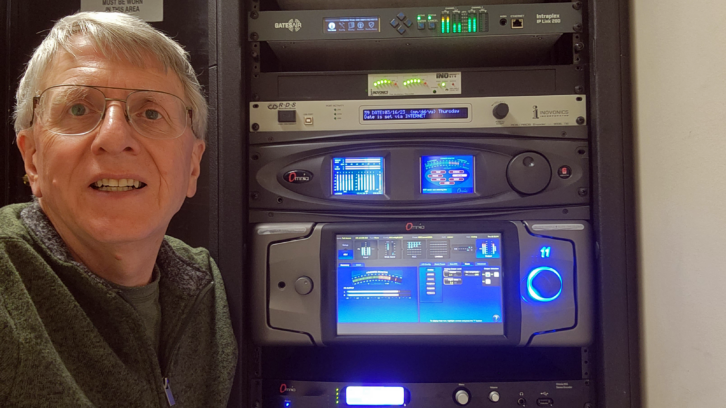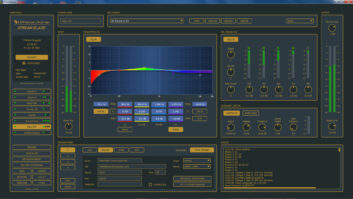Radio World Buyer’s Guide articles are intended to help readers understand why their colleagues chose particular products to solve various technical situations. This month’s articles focus on audio processing.
Sinclair Telecable is a family-owned broadcaster operating two AM and three FM stations in the Norfolk, Va., area. Additionally, it has a single-frequency network with two co-channel FM translators within the same market, running the same programming.
“We’ve happily used Omnia processing for two decades, first with Omnia.6s and later Omnia.11s on the full-power FM stations and Omnia.7AMs on the AMs,” said Director of Engineering Dave Morgan, CBRE.
The SFN operated with mono-sports programming until it flipped to music last year. “Suddenly we needed more processing power, upgrading to the Omnia.11 at the studio end.”

Morgan noted that everything must be synchronized perfectly in an SFN to minimize mutual interference and prevent awful distortion for listeners in the signal overlap area.
“Mono sports was easy with the processor at the studio end, but how could we add loudness beyond the Omnia.11 and maintain 19 kHz pilot sync between the already GPS frequency-locked translators’ exciters?”
The answer was to add the Perfect Declipper option to the Omnia.11, plus an Omnia.9sg with composite clipping and internal RDS option at the studio end feeding AES192 digital composite into the existing GatesAir Intraplex IP Link IPL-200 system with GPS and SynchroCast options.
The GatesAir Flexiva exciters support AES192 input. But transparent AES in the IP Link system requires a source of GPS-locked AES3 audio to maintain exact latencies for the two STL paths, one being 5µS different from the other.
“Telos Alliance Support suggested feeding the Omnia.9sg’s rear-panel ‘Ref In’ BNC connector with AES3 audio from any GPS-locked source,” Morgan said.
“Turns out we had an unused AES3 output on our bidirectional IP Link. Result: Magic. IP Link latencies are now locked for the SFN, and we have the extra, clean loudness we need.”












